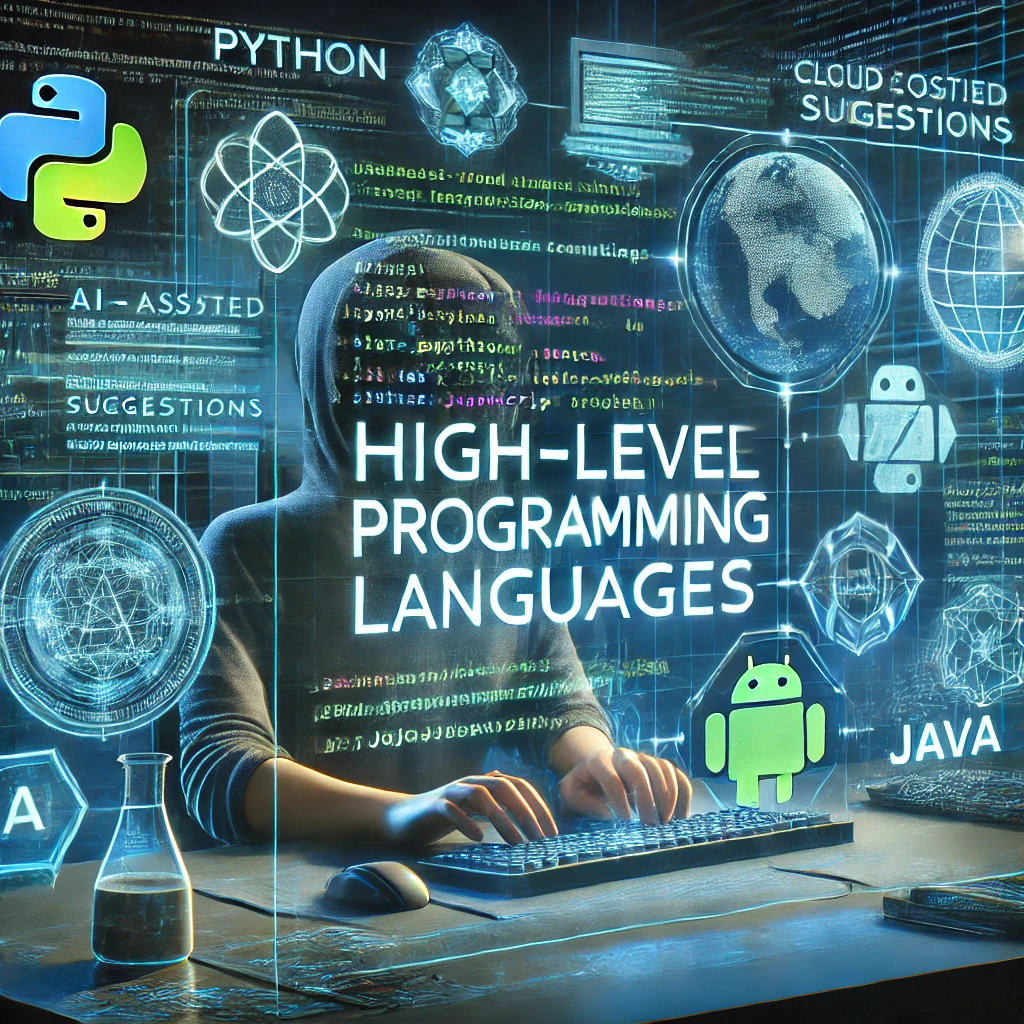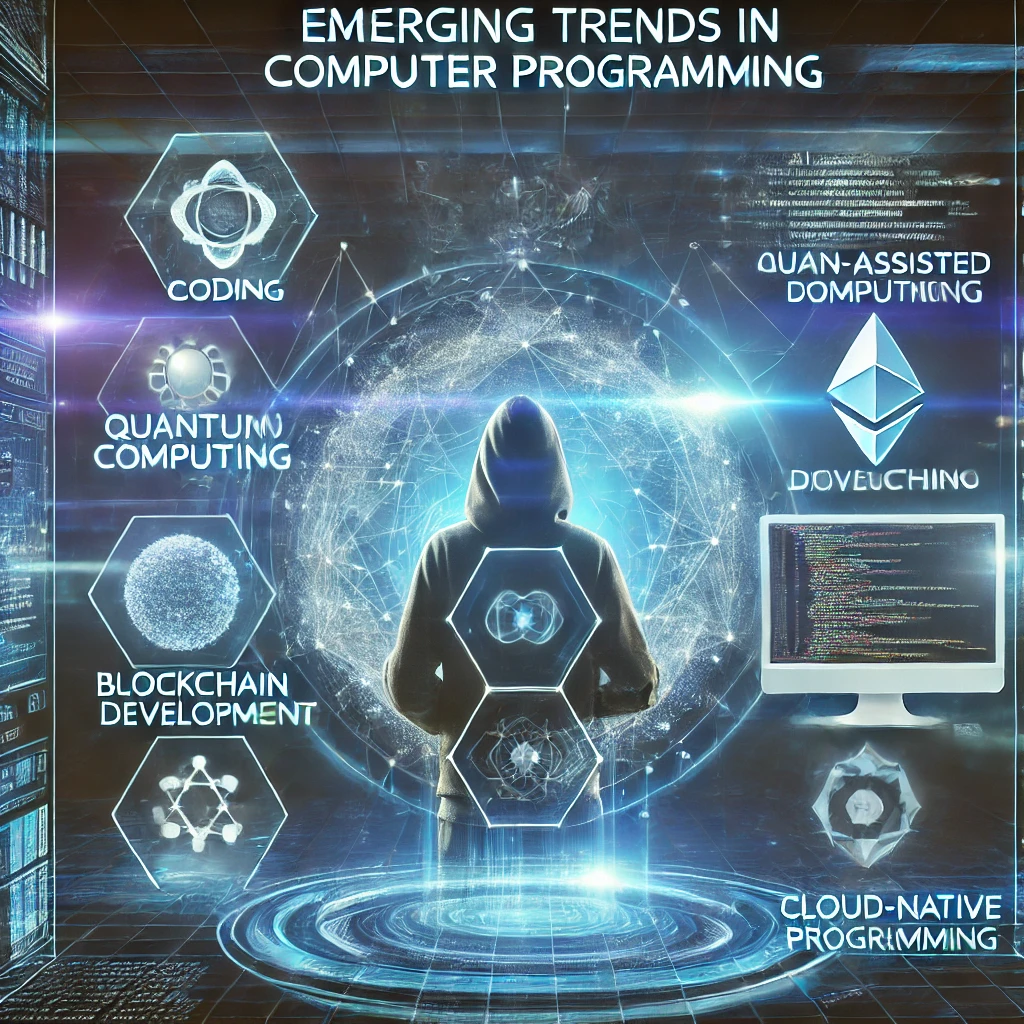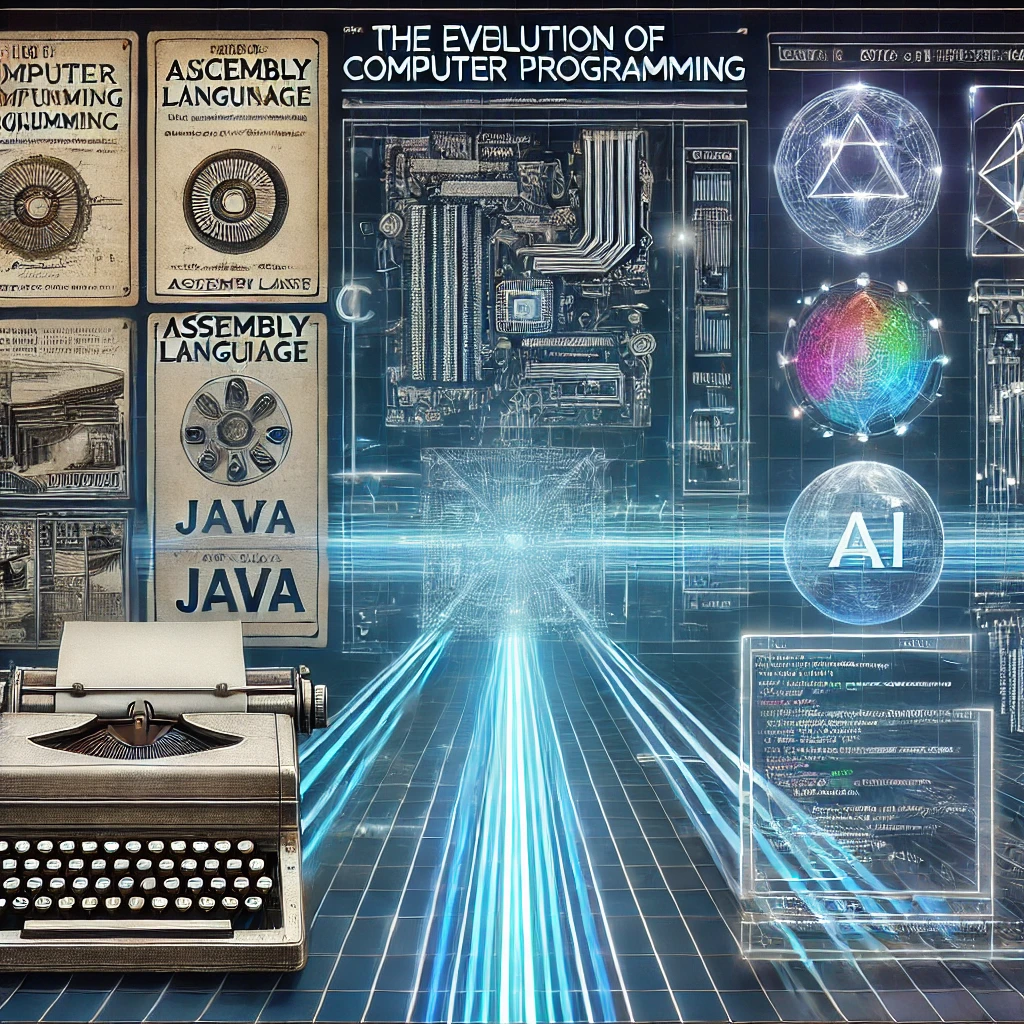The Evolution of Computer Programming: Past, Present, and Future

Introduction
Computer programming is the foundation of the modern digital world. From simple machine instructions to sophisticated AI-driven applications, programming has evolved significantly over the years. Today, it powers everything from mobile applications to self-driving cars, transforming industries and reshaping human interaction with technology. In this article, we explore the history of programming, current trends, and what the future holds for developers.
The Origins of Computer Programming
The journey of programming began long before the digital age. In the 19th century, Ada Lovelace, often considered the first programmer, designed an algorithm for Charles Babbage’s Analytical Engine, a mechanical general-purpose computer. However, it wasn’t until the mid-20th century that modern programming languages emerged.
In 1945, John von Neumann introduced the concept of stored programs, allowing computers to be more flexible and programmable. Early programming languages included Assembly Language and Fortran (1957), which enabled engineers to write complex mathematical computations for scientific research.
The Rise of High-Level Programming Languages

The introduction of high-level languages made programming more accessible and efficient. Some key milestones include:
- COBOL (1959): Designed for business applications, it allowed companies to automate accounting and financial processes.
- C (1972): Developed by Dennis Ritchie, C became the foundation for operating systems like UNIX and later influenced modern languages such as C++, Java, and Python.
- Pascal (1970s): A structured language used for teaching programming fundamentals.
- Java (1995): With its “Write Once, Run Anywhere” principle, Java became popular for enterprise applications and web development.
As the internet expanded in the late 1990s, programming shifted towards web technologies. Languages like HTML, JavaScript, and PHP enabled the development of dynamic websites, paving the way for the rise of the digital economy.
The Era of Modern Programming
In the 21st century, programming evolved to accommodate artificial intelligence, cloud computing, and automation. Some of the most widely used languages today include:
- Python: Known for its simplicity and versatility, Python is dominant in AI, data science, and web development.
- JavaScript: Essential for web development, JavaScript powers front-end frameworks like React and backend solutions with Node.js.
- Swift & Kotlin: These languages have revolutionized mobile app development for iOS and Android platforms, respectively.
- Go & Rust: Designed for system-level programming, they offer better performance and security compared to older languages.
Cloud computing has further transformed programming by enabling serverless computing and microservices architecture, allowing developers to build scalable applications without managing infrastructure.
Emerging Trends in Computer Programming

As technology advances, new programming paradigms are emerging. Here are some of the key trends shaping the future of programming:
1. AI-Driven Development
AI-powered tools like GitHub Copilot and ChatGPT assist developers by suggesting code snippets, automating debugging, and improving efficiency. Machine learning frameworks like TensorFlow and PyTorch are making AI development more accessible.
2. Low-Code and No-Code Development
Platforms like OutSystems, Bubble, and Microsoft Power Apps enable users to build applications with minimal coding knowledge, democratizing software development.
3. Quantum Computing Programming
With companies like Google and IBM making strides in quantum computing, new languages like Qiskit and Cirq are being developed to harness the power of quantum mechanics for computation.
4. Blockchain and Smart Contracts
Blockchain technology has given rise to programming languages like Solidity, which enables the creation of decentralized applications (dApps) and smart contracts for cryptocurrency transactions.
5. Edge Computing and IoT Programming
With the rise of the Internet of Things (IoT), languages like C, Python, and Java are used to program smart devices that operate on the edge of networks, reducing latency and improving real-time processing.
The Future of Computer Programming

The future of programming will be shaped by automation, enhanced security, and new paradigms such as:
- AI Writing Code: AI-driven tools may eventually generate entire applications, reducing the need for manual coding.
- Cybersecurity-First Programming: With rising cyber threats, programming languages will prioritize built-in security features.
- Biological and DNA Computing: Scientists are exploring programming at the molecular level, which could revolutionize data storage and processing.
Conclusion
Computer programming has come a long way from the early days of machine code to today’s AI-driven development. As technology evolves, programming will continue to adapt, making software development more efficient, accessible, and powerful. Whether you are a beginner or an experienced developer, staying updated with the latest trends is essential to thrive in the ever-changing tech landscape. The future of programming is bright, and its impact on society will only grow stronger.






